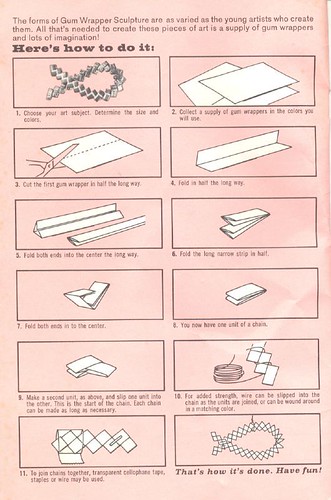

Several years ago I was at a folk art show in Georgia when I found a little doily that intrigued me (photo above). I bought it and always just loved having it. I like texture and color, pushing myself to explore what I can do with fabric to create new effects. I worked with clay for three years and I think I miss the plasticity of the medium and keep trying to make fabric replace the enjoyment I found in hand building with slabs.
 The little doily finally pushed me over the edge into prairie point madness. I thought, "Oh, wouldn't it just be so cool to make this into a rug?" I figured out the technique: fold, fold, fold and fold again, sew long links, zig zag them into place on a backing. Start with the outside row and work inwards. Seemed easy enough. Like most projects I undertake, I underestimated what would happen when you have several hundred pieces of fabric that have been folded over and over joined into one piece. Well, you end up with something really heavy and hard to manipulate.
The little doily finally pushed me over the edge into prairie point madness. I thought, "Oh, wouldn't it just be so cool to make this into a rug?" I figured out the technique: fold, fold, fold and fold again, sew long links, zig zag them into place on a backing. Start with the outside row and work inwards. Seemed easy enough. Like most projects I undertake, I underestimated what would happen when you have several hundred pieces of fabric that have been folded over and over joined into one piece. Well, you end up with something really heavy and hard to manipulate.
I gave up on the rug for a couple of years and then finally finished it. I put several layers of batting in the middle, quilted it with my Bernina (with great difficulty), and listed it on Etsy. (It just sold!) Whew!

OK, so it's all a learning process, right? How about something smaller? A hat might be cool! Going 3d was different then sewing on a flat surface, so this had a learning curve, too. After months on Etsy, this one just sold a couple of days ago.



There's a reason my little old piece was a doily. Deciding to stop trying to be so "creative", I decided to try one, too. Aha! Much better result! Here we are truly on to something attractive:



The problem is always the time factor. This centerpiece is made of linen remnants. I made it about twice the size as my old collectible and it took quite a bit of time.
I noticed that cuffs were a big item on Etsy. How about a scaly cuff? Much smaller, faster to make, interesting result:

 I used coconut shell discs and seed beads to secure the points in place. I used ultra suede as a backing and lining, which made it pretty thick. The button hole was very hard to make and looked horrible. But, it sold, too.
I used coconut shell discs and seed beads to secure the points in place. I used ultra suede as a backing and lining, which made it pretty thick. The button hole was very hard to make and looked horrible. But, it sold, too.
Finally, I made a series of pillows with smaller centerpieces than the larger one I had made. Yes! Another winner!


Is it madness? Perhaps a virus? I don't know, but I sure like these prairie points and look forward to exploring other ways I can use them. They remind me of some Japanese fabric origami techniques I have seen, but most people don't make them this dense. As my little vintage piece attests, they do have a historical tradition here in the United States and I am happy to contribute to that record!




































